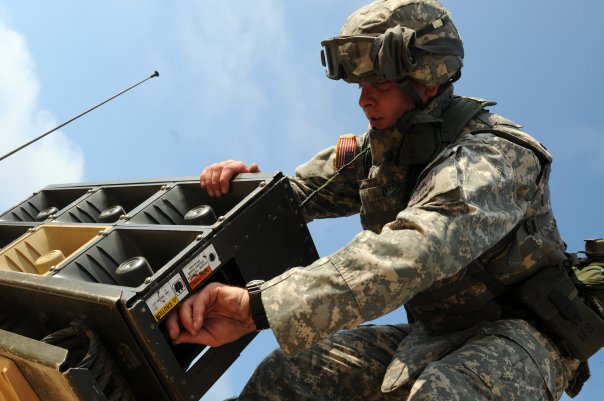
Amidst a huge number of novels I’ve been reading lately for a variety of reasons is the book Nineveh by Henrietta Rose-Innes.
The book is set in Ninevah, a luxurious, new, South African real estate development that has been temporarily abandoned before its official opening due to an unspecified infestation; the action centers on an “ethical pest removal specialist” named Katya Grubbs. Katya has been hired by Mr. Brand, a swaggering, whiskey-fueled golfer and property developer, to clear Nineveh’s looming and empty buildings of whatever it is that has hatched there.
While I will confess that there were several scenes in which Katya’s actions seemed inexplicable to me, Rose-Innes’s descriptions of Nineveh and of the looming presence of infesting insects squirming just beneath the surface are nonetheless both beautifully written and resolutely Ballardian in tone.
For example, the land that Nineveh was built on “was reclaimed,” we read. “Katya wonders how much of the wetlands they had to drain, how many thousands of vertebrate or invertebrate souls were displaced or destroyed to make this place. In her experience, a poorly drained property is a magnet for all kinds of damp-loving pests: water-snakes, slugs and especially mosquitoes. The rising water and its travelers always find a way back in.”
“Indeed,” the narrative continues, “beyond Nineveh’s perimeter, everything is insistently alive and pushing to enter.”
This older, overlooked ecosystem, dismissed as a nuisance, now threatens literally to come back up through the floorboards.
Wandering around amidst the huge buildings, a J. G. Ballard among the insects, Katya discovers ruined rooms and even a rain-soaked smuggling tunnel used to strip the uninhabited suites of their woodwork, pipes, and copper.
Katya soon suspects that she is not, in fact, alone. She puts her ear to the wall one night, convinced she hears someone on the other side: “No wall is ever silent; always there is a subdued orchestra of knocks and sighs and oceanic rushing. The hum of pipes, the creaks of bricks and mortar settling. Or unsettling: such sounds are the minute harbingers of future destruction, the first tiny tremors of a very, very slow collapse that will end, decades or centuries from now, in a pile of rubble.”
Without, I hope, giving away much of the plot, there is a confrontation later in the book, deep in the interior of one of these buildings, in a scene where everyone realizes how flimsy the construction around them really is. The buildings are just masks on empty space. Katya’s temperament is such that she has already realized this, suspecting all along that the apparent paradise of Nineveh was all just wishful projection; other, less cynical characters fare poorly.
What follows is an insight about architecture’s false reliability—that we are, in fact, deluded to take our buildings at face-value—that I also try to make in my book, A Burglar’s Guide to the City. This excerpt thus particularly stood out to me:
One thing about having a belief in the fixed nature of things, in walls and floors: it gives you a certain disadvantage. Mr. Brand, for all his solid confidence, in fact because of it, cannot look beyond the obvious, cannot see past the evidence of the concrete world. He can’t consider that perhaps the walls are false, or that the floorboards might conceal strange depths. Despite his rage, he would not think to punch through a wall: it would not occur to him that walls are breachable. In Mr. Brand’s world of certainties, such an in-between place is hardly possible; it barely exists.
The collapsing world of Nineveh, with its hollow walls, smugglers’ tunnels, and rising tides of storm-borne insects, twinned with Katya’s own house that is literally splitting in two from seismic disturbances caused by the heavy machinery of gentrification across the street, presents us with a precariously inhabited world barely standing still on its foundations. Yet within those foundations are the bugs and worms, beetles and snakes, temporarily beaten back by humans but on the verge of retaking the scene.
In any case, you can read reviews at Kirkus or the Guardian.

